
TRAMS have been one of the great success stories in UK public transport over the past two decades, with passengers liking the frequent, reliable and environmentally-friendly service they provide, and networks being expanded in all but one of the seven UK towns and cities where trams are operating.
While plans have been implemented, or are afoot, for system expansion in Edinburgh, Manchester, Birmingham, Nottingham, Sheffield and Blackpool, one glaring exception is Tramlink, the network centred on Croydon, which celebrated its 20th anniversary in May 2020. Continue reading “The wait goes on for Tramlink expansion”

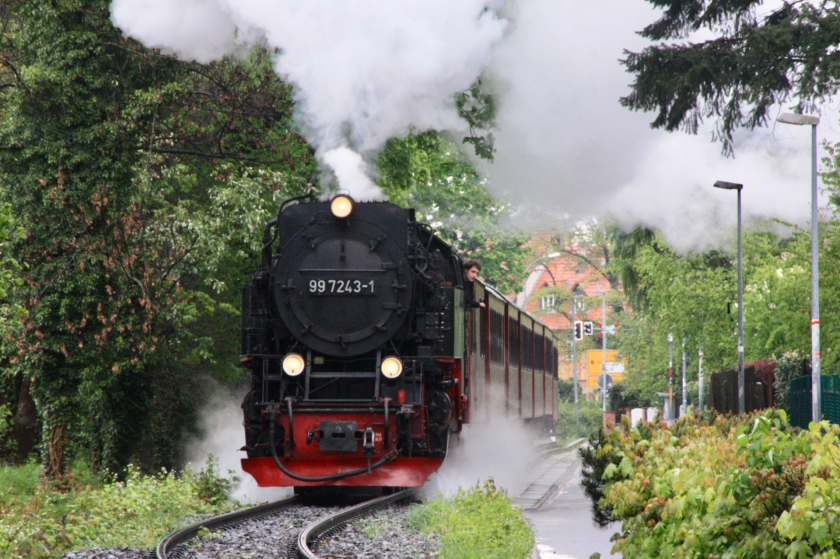
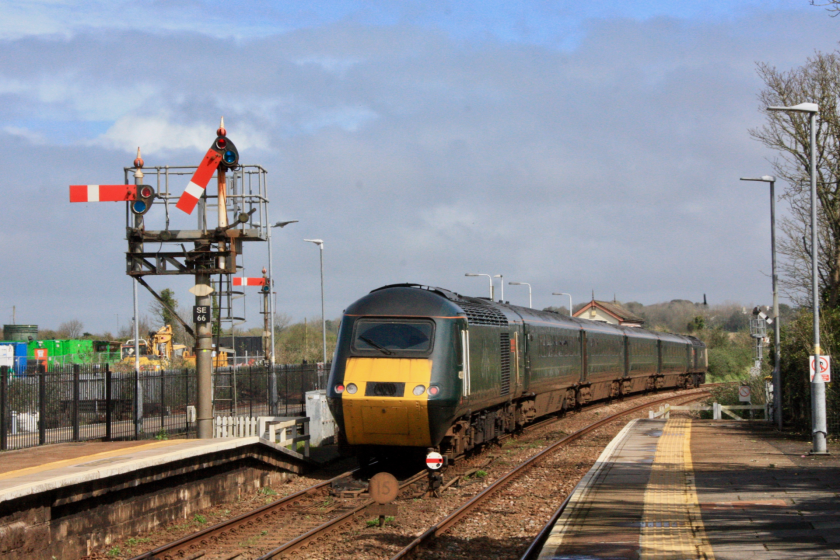
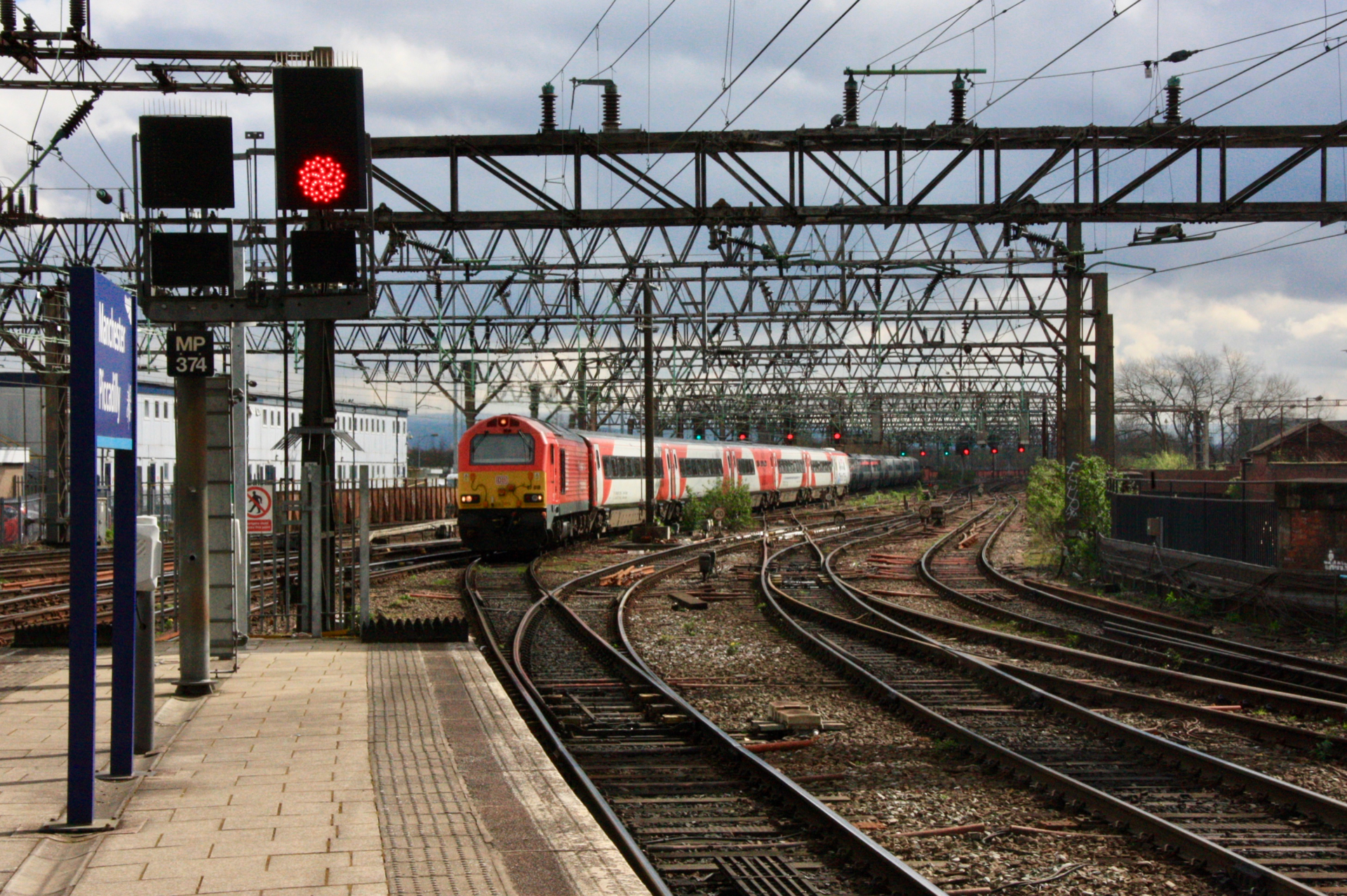
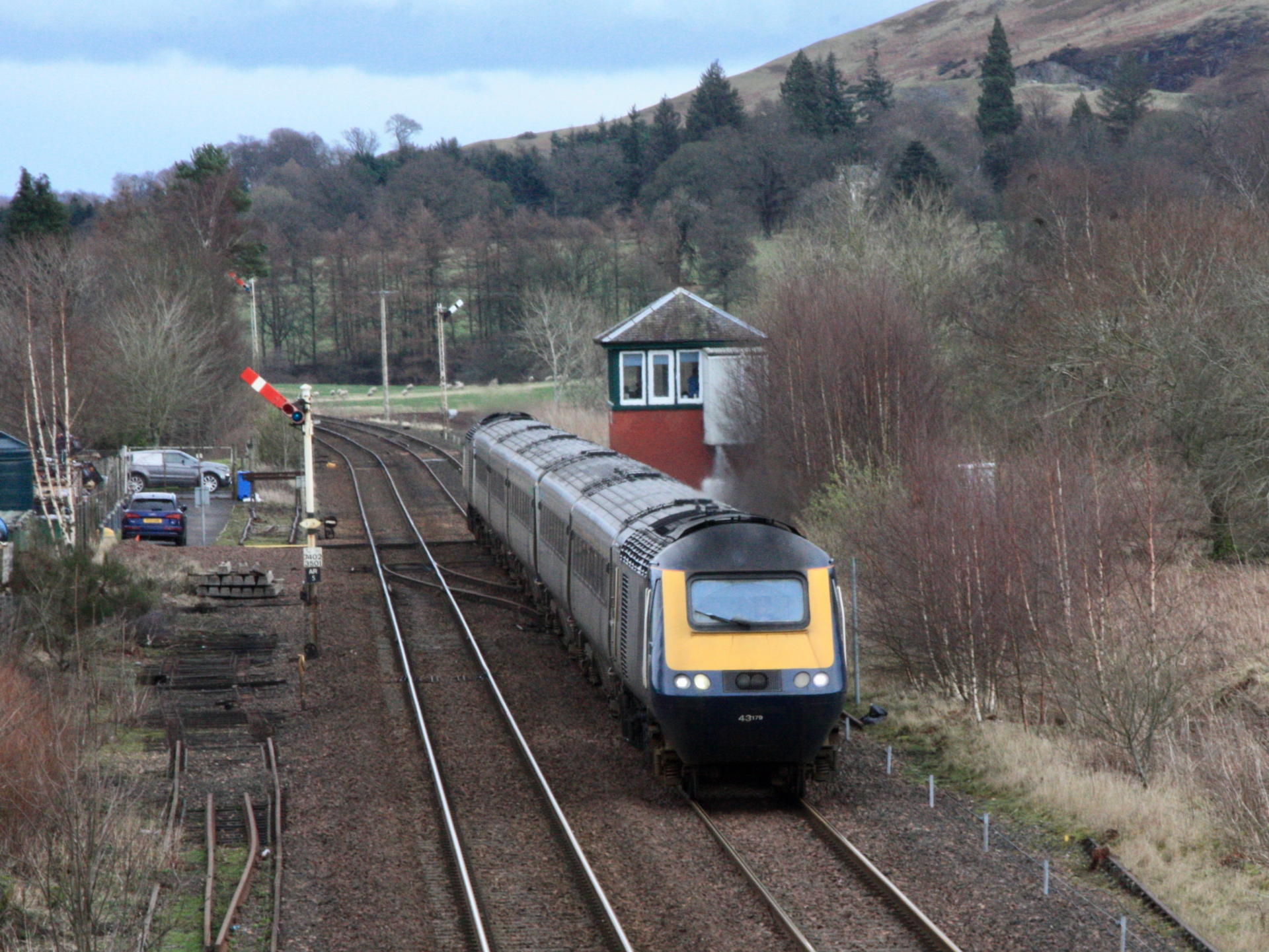
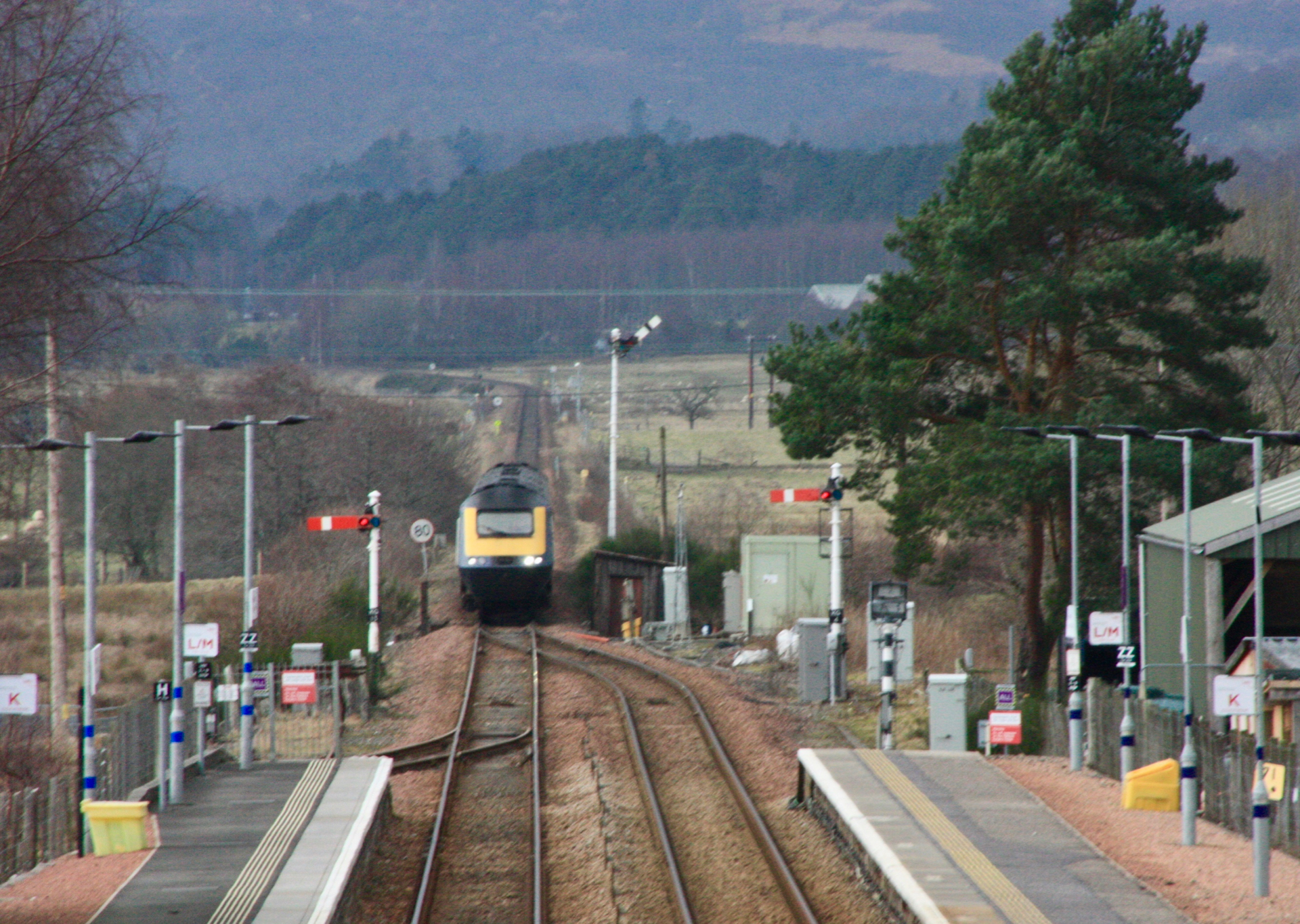
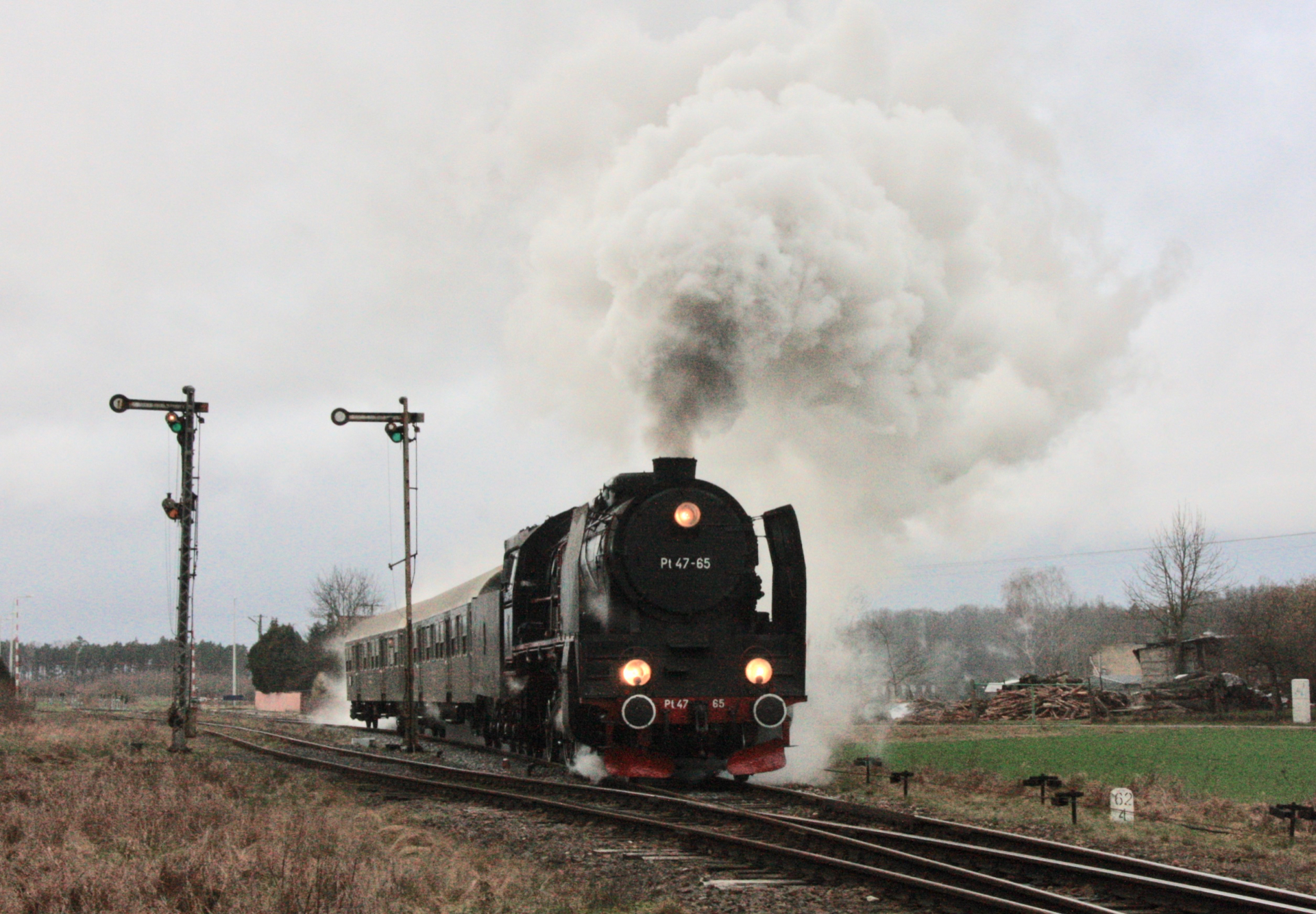 A significant change has been made to daily steam services from Wolsztyn depot in western Poland since my October 2023 visit, with the two weekday workings to and from Leszno replaced in December 2023 by a single afternoon round trip each day to the junction station of Zbaszynek on the Berlin-Warsaw main line.
A significant change has been made to daily steam services from Wolsztyn depot in western Poland since my October 2023 visit, with the two weekday workings to and from Leszno replaced in December 2023 by a single afternoon round trip each day to the junction station of Zbaszynek on the Berlin-Warsaw main line.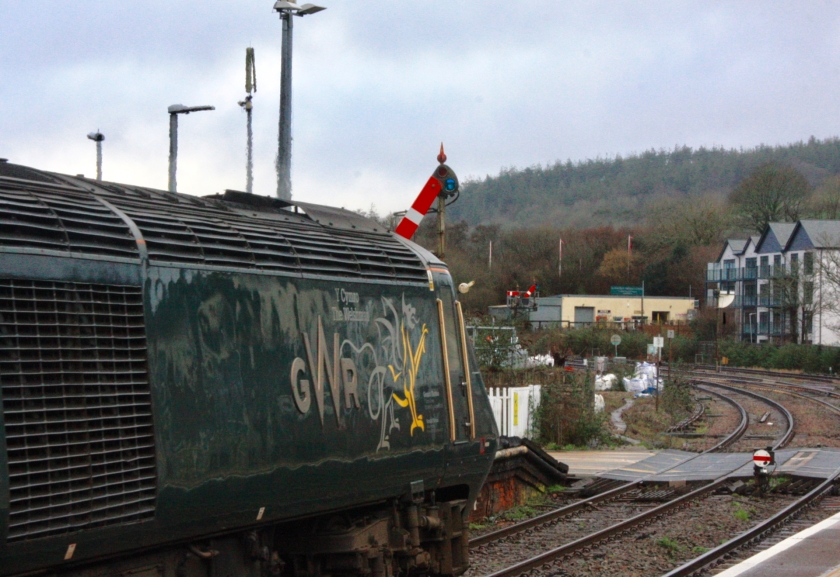
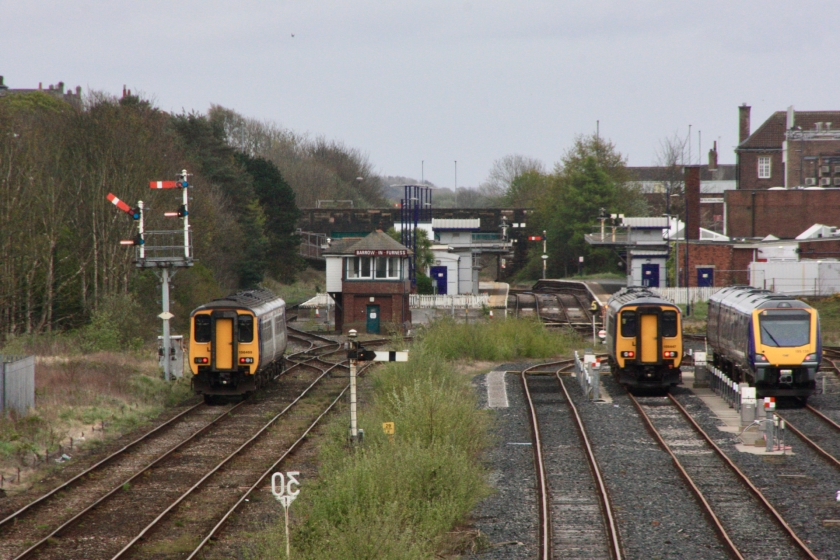
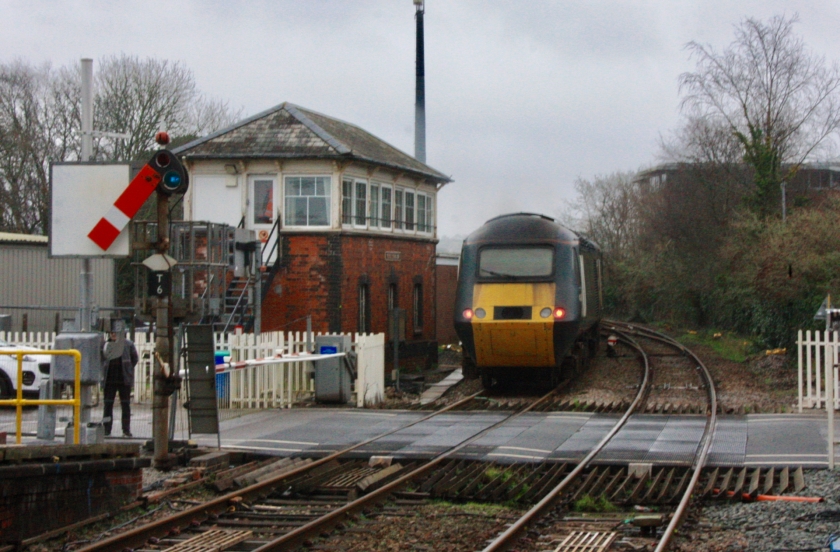
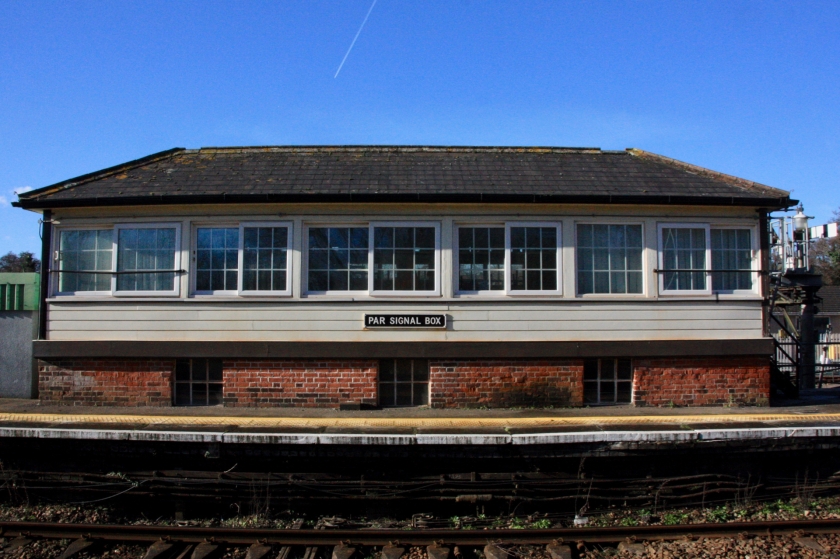
You must be logged in to post a comment.